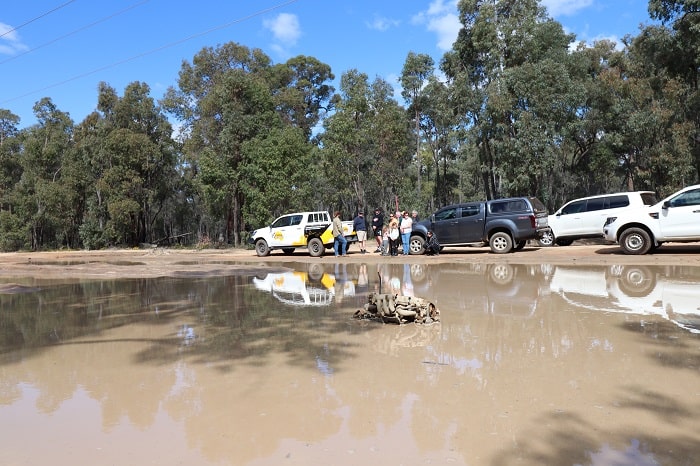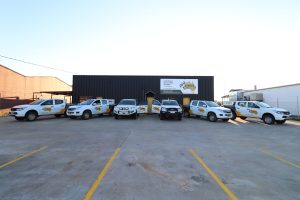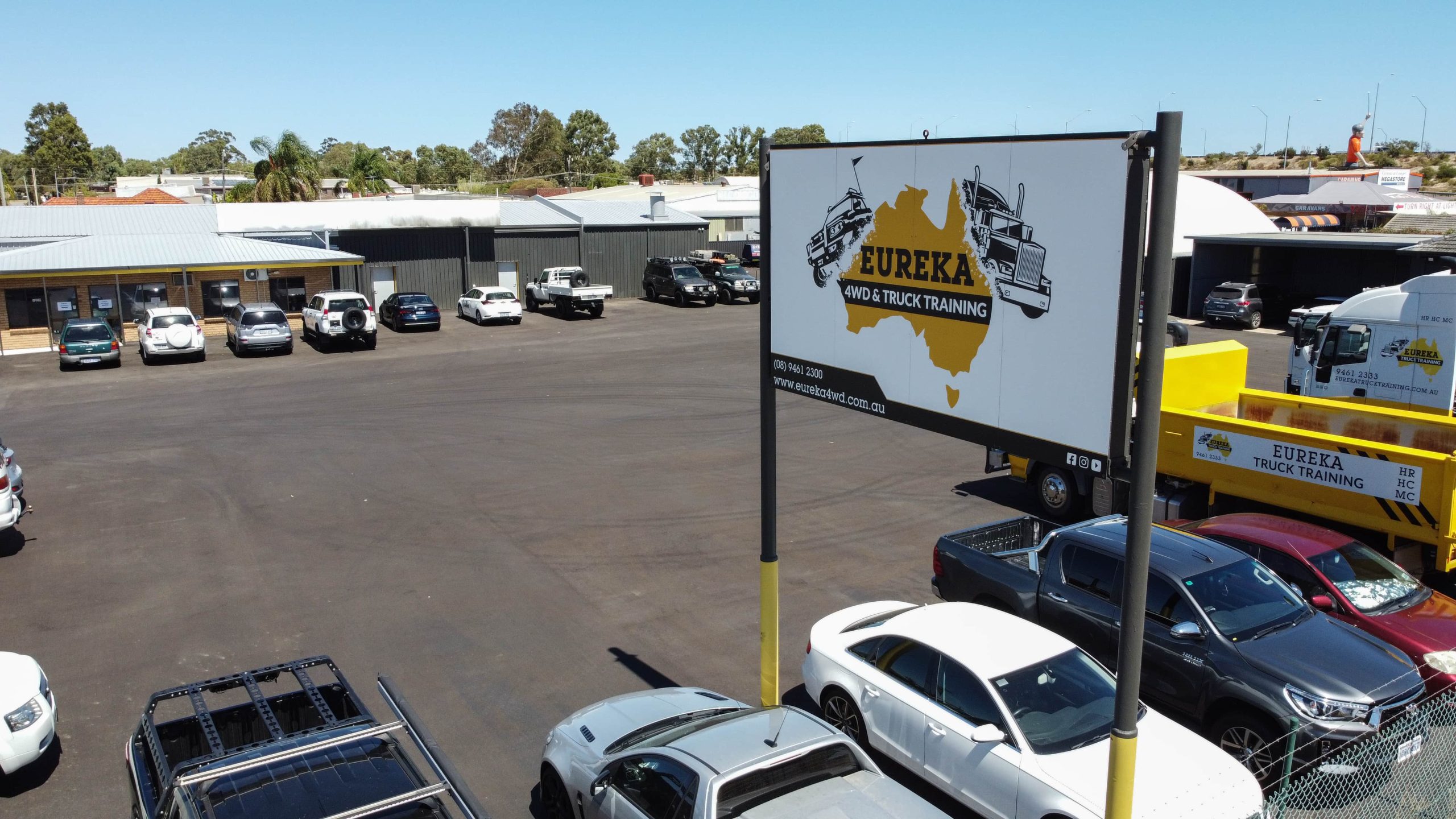After accidents, many drivers blame the roads, weather, sometimes even fate. Yet evidence often paints another picture. You can be the safest driver on the road and still be involved in road accidents from others who are less attentive.
So how do you avoid becoming a statistic and keep you and your family safe on the roads?
SCARS – Scanning, Concentration, Anticipation, Reaction and Survival
The SCARS theory (which we know is not the best acronym to be linked to road safety but unfortunately the spelling works) stands for Scanning, Concentration, Anticipation, Reaction and Survival.
Scanning- otherwise known as ‘aiming high’ reminds drivers to get ‘The big picture’ of their surroundings, it is a conscious effort to keep your eyes moving, so with consistent scanning comes a higher level of alertness.
‘The big picture’ is Looking as far as possible ahead, as well as being aware of what is happening behind you, plus scanning the sides of the road for anything in your peripheral vision.
Many drivers get caught concentrating on the vehicle ahead of them but what we should be trying to do is read traffic flow at least 3 vehicles ahead of us, opening your vision also allows for a safe following distance, with a general rule to allow three seconds (Timelapse method) which is to be used in good road and weather conditions.
3-Second Rule
The reason the three-second rule works well is humans were never designed to travel at speed and as such, it is very difficult for our brains to judge varying distances at varying speeds.
Have you ever been driving for distance at 110kmh for some distance to then drop to 50kmh and feel as though you are driving at 20kmh? It is because our brains are still trying to compress information at speed. The three-second rule works as follows, pick an object on the road’s edge such as a signpost and as the vehicle in front drives past that object count to yourself one thousand and one, one thousand and two, one thousand and three and if your vehicle reaches that object before you final count than you are travelling to close and need to back off.
As mentioned earlier don’t forget about what is happening behind you as well as looking towards the sides of the roads for traffic, pedestrians, animals etc.
Concentration and Distractions
Concentration-Distractions, they are many and varied on the road, passengers, music, pedestrians, eating, drinking hot coffee, shaving, putting on make-up, other road users the list could be almost endless and the biggest distraction these days is the mobile phone. The biggest danger when using mobile phones is that we are not paying our full attention to what we should be doing, driving the vehicle!
Studies have shown the risk of being involved in a motor vehicle crash while using a mobile phone is increased by up to four times. I’m sure that Facebook update can wait. The fine and demerit point loss for getting caught while using a mobile phone also includes being stationary in traffic, which many students we train are under the assumption is ok to do?
Anticipation
It is always better to err on the side of caution and try to anticipate driver behaviour rather than just assume for e.g. because the driver has their indicator on in that direction that is their planned move.
Roundabouts are a good one for assumption, you are waiting to enter the roundabout and see that there is no indication from the driver to the right, so you assume they are going straight through. You go to enter the roundabout only to have them continue through to the right in front of you with no indication! Happened before? Often it is safer to think about what could happen in this situation, rather than saying this is how it is.
Reaction
It is scientifically believed that the average alert driver has a 1.5 second ‘Reaction time, with the reaction time being the time it takes to respond to the hazard to the time it takes to apply the brakes or respond otherwise.
Even at the legal speed limit in a built-up area of WA is 50kmh our reaction distance is 1.5 seconds or close to 20 meters. It’s a no brainer that the faster we travel the farther the distance which is why it is so important to pay attention and be alert.
One fatal response as a driver is what is called ‘Target Fixation’, This is when a driver cannot take their eyes off a hazard, which causes a natural reaction of where we look is where we steer, meaning drivers will fixate on an object and steer. Ever wondered why so many crosses are placed next to trees? Therefore focusing on scanning, will drastically improve your reaction skills allowing you to find a safe passage when required
Survival
Seatbelt have a massive impact on our survival, driving law requires you MUST make sure all occupants are wearing a seatbelt if provision for one is provided with no matter their age. The fine for not wearing a seatbelt for a driver is not limited to just the driver, it will climb depending on the number of unrestrained passengers you may have? Even if you are wearing a seatbelt as a driver and a passenger is not you will be fined. The same goes for travelling in the back of utes.
It is not hard to be a safe and courteous driver with common courtesy going a long way, if travelling on a dual carriageway keep left unless overtaking, allow traffic to move safely and work together.
We can be our own worst enemy when it comes to road safety with most accidents avoidable if better attention was paid, slow down and enjoy the ride rather than being in a hurry to the grave. There is not one driver who is a 10 out of 10 no matter what your expectations of yourself are, it has been said that often those with a higher opinion of their driving skills are at a greater risk factor due to complacency.
Reducing road carnage starts with us, too many think it won’t happen to me until they end up in a collision. Hundreds of people each year die in road accidents but let’s not forget about the thousands that have long term physical and mental effects due to a moment’s inattention.
Please keep safe out there everyone.
Pete Deas




